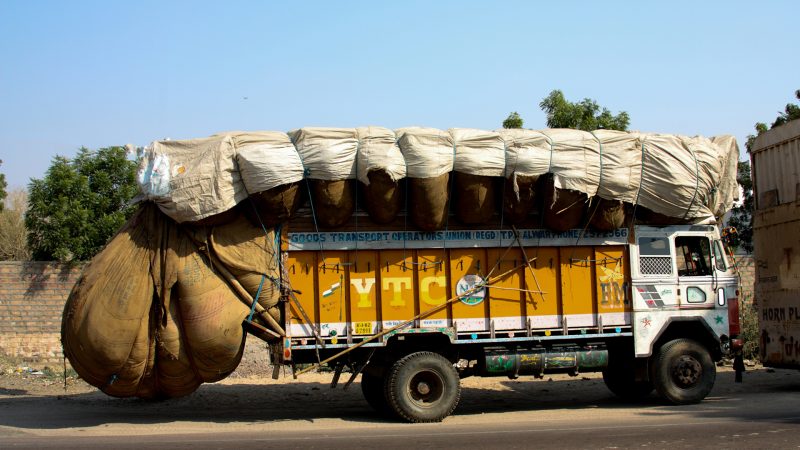While designing a vehicle, a lot of factors are considered – from the surface it will be used on to how fast it will be driven and what kind of passenger/cargo load it will be operating with. While vehicles come with predetermined load limits, we constantly see these limits being overlooked and exceeded. We have all seen our share of overloaded trucks plying on the roads, listing to port, starboard and every other possible direction. The vehicle components that are most likely to suffer from overloading are the drivetrain (clutch burning or axle breaking is a pretty common occurrence), and suspension (the entire assembly can snap in half). However, the most critical components that overloading directly affects are the tyres.
Tyres are the only thing connecting a vehicle to the ground. Any kind of malfunction in those immediately renders the vehicle undrivable. The tyre pressure, recommended by the manufacturer, is a result of extensive testing and is directly related to the rated load capacity of the vehicle. An underinflated tyre has to deal with more friction and generates more heat as a result. The effect is identical for a correctly inflated tyre on an overloaded vehicle. As heat builds up, the air contained within the tyre expands, and soon breaches the threshold for the tyre, and in the worst case causes it to burst.
When a tyre bursts, the vehicle loses all stability due to the sudden rate of change in dynamics and therefore becomes impossible to control. The effect is exacerbated at higher speeds and usually results in a crash. Recently, a Pravaig Interceptor prototype suffered a similar fate during a demonstration, the alleged result of overloading. If this can happen to such a highly advanced vehicle that’s built to withstand a higher degree of abuse, we can only imagine how easy it is for civilian vehicles to suffer the consequences of overloading.
It is always prudent not to overload your vehicles under any circumstances, whatever the case may be. The time or money you save will mean nothing if a tragedy occurs, so only as much passenger and/or cargo a vehicle is designed to handle.










